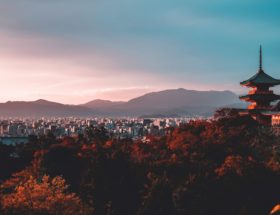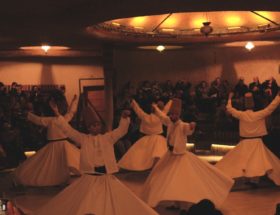mmerse yourself in the power, skill, and tradition of Japan’s national sport by attending a sumo wrestling tournament. The rituals, the atmosphere, and the sheer physical prowess of the wrestlers create a spectacle that is uniquely Japanese and utterly unforgettable.
Cultural Significance
- Rituals and Traditions: Sumo is deeply rooted in Shinto rituals, with wrestlers performing purification ceremonies before matches, including rinsing their mouths with chikara-mizu (power water) and scattering salt to ward off evil spirits.
- Historical Context: Sumo wrestling has been a part of Japanese culture for centuries, symbolizing strength, discipline, and respect.
Tournament Experience
- Honbasho Tournaments: Six official tournaments, or honbasho, are held annually in Japan, each lasting 15 days. These include events in Tokyo, Osaka, Nagoya, and Fukuoka.
- Venues: Popular venues include the Ryōgoku Kokugikan in Tokyo and the EDION Arena Osaka.
Key Tips for Visitors
- Arrival and Seating: Arrive early to soak in the pre-tournament atmosphere. Lower division matches start early, while top division matches occur later in the day.
- Cultural Immersion: Enjoy traditional sumo foods like chanko nabe and participate in the lively atmosphere around the stadium.
- Ticket Information: Purchase tickets well in advance, especially for popular tournaments.
Special Moments
- Entering Ceremony: Witness the dramatic entrance of wrestlers wearing decorative mawashi aprons, a highlight of the tournament.
- Post-Bout Rituals: Observe the respectful bowing and gestures between wrestlers after each match.
Attending a sumo tournament is a unique cultural experience that combines athleticism with ancient traditions. Have you experienced the thrill of sumo? Share your story!
Having explored this in detail, let’s return to our main discussion.








